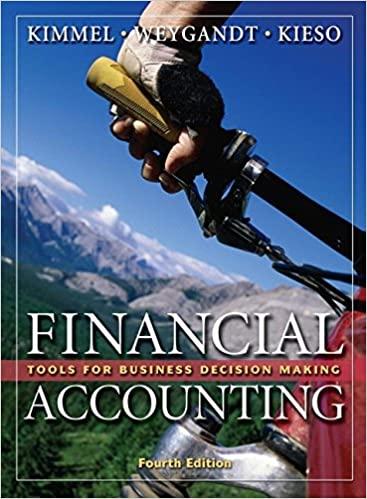

Transfer Pricing Hill, Inc., has two divisions: Appliance Division and Parts Division. The Parts Division makes a component that can be used in a product assembled by Appliance Division. Currently, the market price of the component is $6. Data on the component and on the final product are as follows: Component Final Product (Parts Division) (Appliance Division) $6.00 $50.00 $2.90 Price (set by outside market) Unit variable cost of component Unit variable cost without component Unit fixed overhead Total fixed selling & admin exp $20.00 $1.20 $4.75 30,000 147,000 The Parts Division can produce 70,000 units of the component and expects to produce and sell 70,000 units next year. The Appliance Division expects produce and sell 15,000 units of final product next year. Hill, Inc., allows division to negotiate their own transfer prices. 1. Which division sets the ceiling of the bargaining range or maximum transfer price? 2. Which division sets the floor of the bargaining range or minimum transfer price? 3. What is the maximum transfer price? $ per unit 4. What is the minimum transfer price? | per unit 5. Which of the following statements is true regarding the bargaining range? Use the Interactive Graph to answer the following questions: 6. Now suppose that the Parts Division can avoid certain variable costs of packaging if the component is transferred internally. The avoidable packaging cost is $0.60 per unit. a. What is the maximum transfer price? per unit b. What is the minimum transfer price? (Round your answer to the nearest cent.) per unit c. Suppose the Parts Division offers the component to the Appliance Division for $5.90. What is the benefit to the Parts Division of that transfer price? To the Appliance Division? To Hill, Inc. as a whole? c. Suppose the Parts Division offers the component to the Appliance Division for $5.90. What is the benefit to the Parts Division of that transfer price? To the Appliance Division? To Hill, Inc. as a whole? d. Suppose the Appliance Division offers to buy the component from the Parts Division for $5.60. What is the benefit to the Parts Division of that transfer price? To the Appliance Division? To Hill, Inc. as a whole? Continue to vary the transfer price within the bargaining range to see the impact on the two divisions and on the company as a whole. Hint(s) Hill, Inc., has two divisions: Appliance Division and Parts Division. The Parts Division makes a component that can be used in a product assembled by Appliance Division. Currently, the market price of the component is $6. Data on the component and on the final product are as follows: 6 Component Final Product (Parts Division) (Appliance Division) Price (set by outside market) $6.00 $32.00 Unit variable cost of component $2.30 Unit variable cost without component $20.00 Unit foced overhead $1.20 $4.75 $0.60 $3.40 Unit selling cost Total fixed selling & admin exp $30,000 596,000 Total capacity in units 70,000 50,000 Total units to produce & sell next year 70,000 50,000 Hill, Inc., requires that any transfers that occur take place at full manufacturing cost. However, division managers may agree to refuse to transfer at that price. 1. What is the full cost transfer price? (Round your answer to the nearest cent.) s 2. Will Parts Division be willing to transfer at that price? ? Will Appliance Division be willing to transfer at that price? Use the Interactive Graph to answer the following questions: 3. Suppose that the Parts Division agrees to sell the component to the Appliance Division for full manufacturing cost. No other costs will change. What is the benefit to the Parts Division of that transfer price? To the Appliance Division? Hints)








